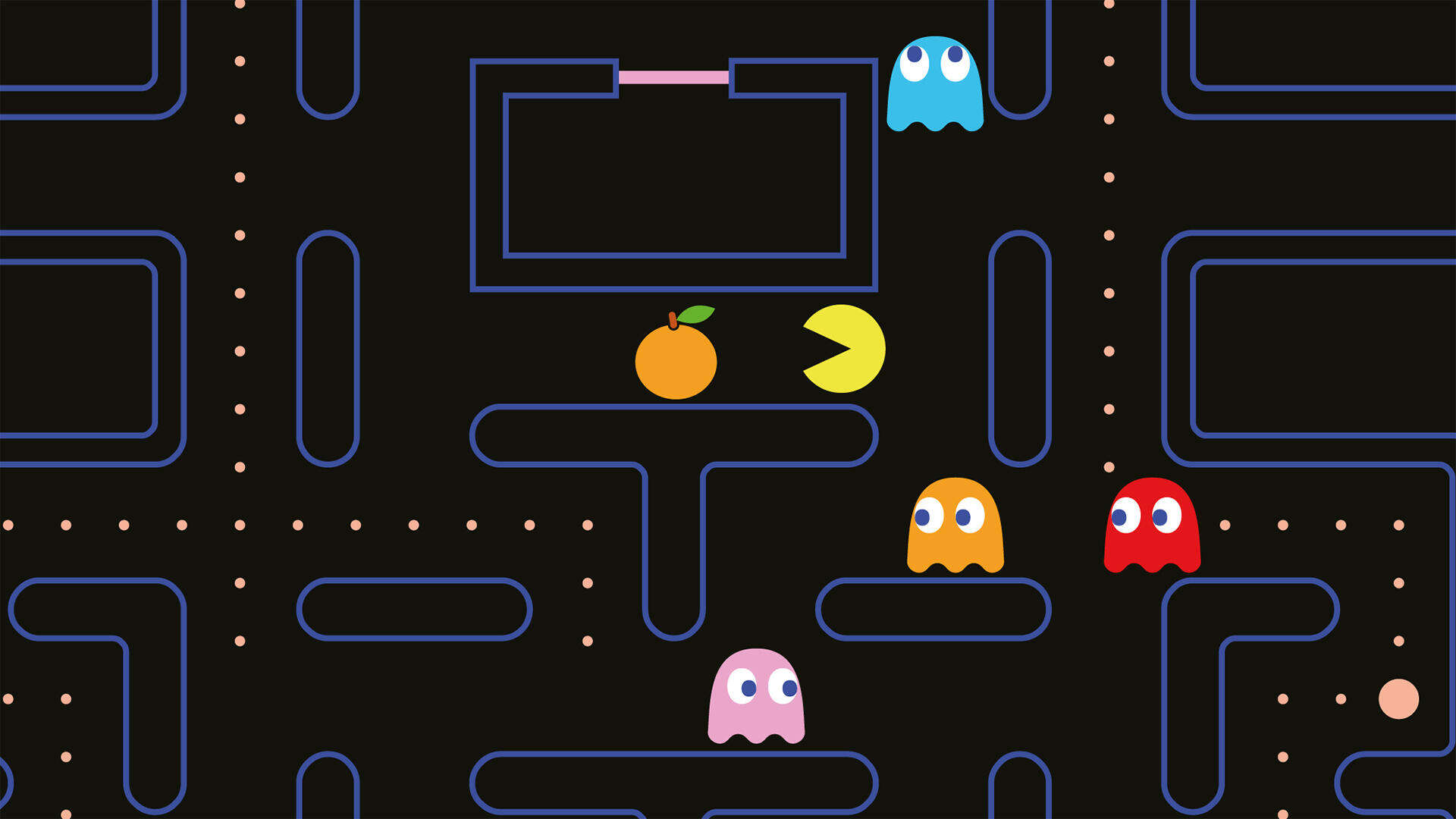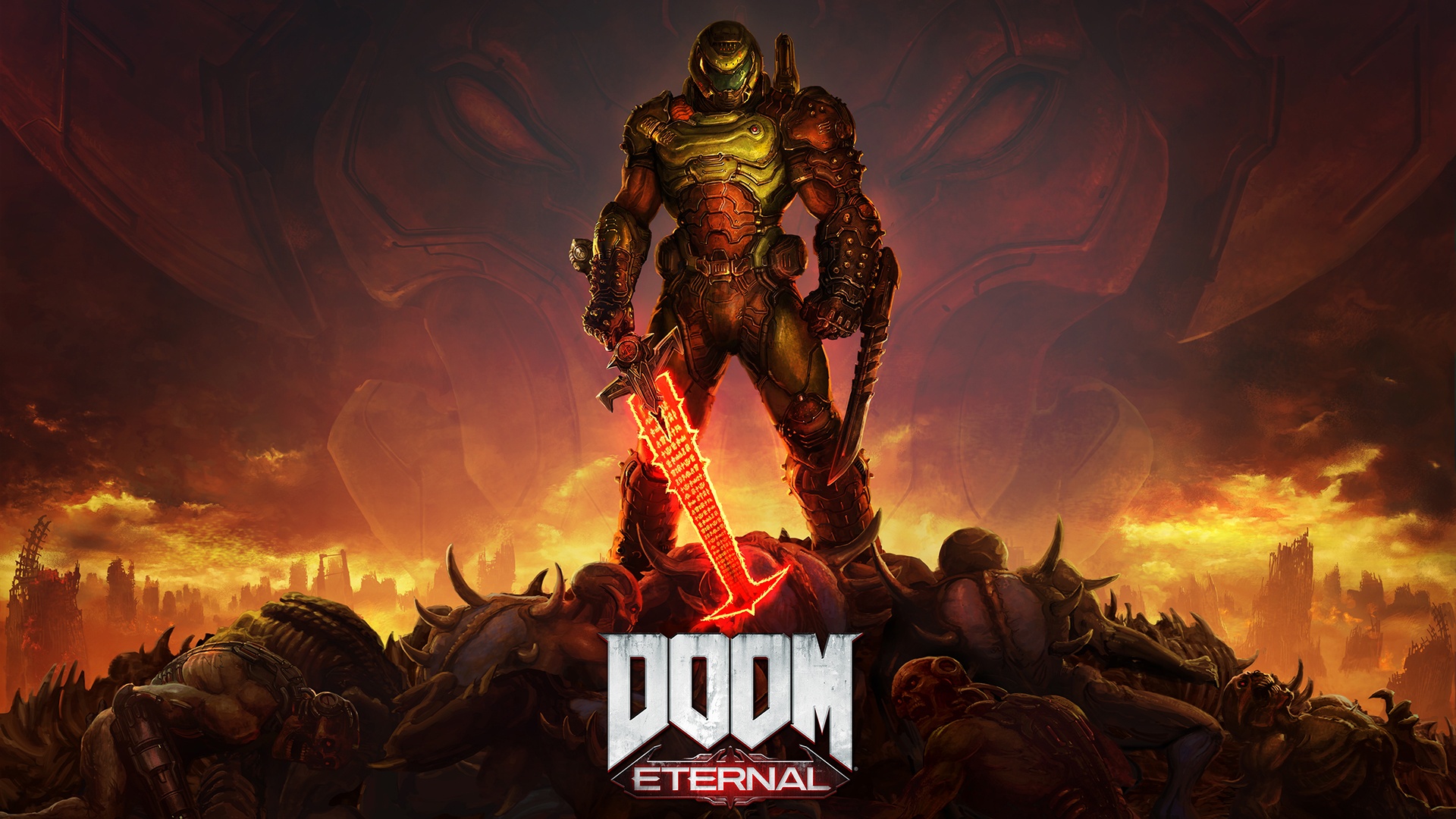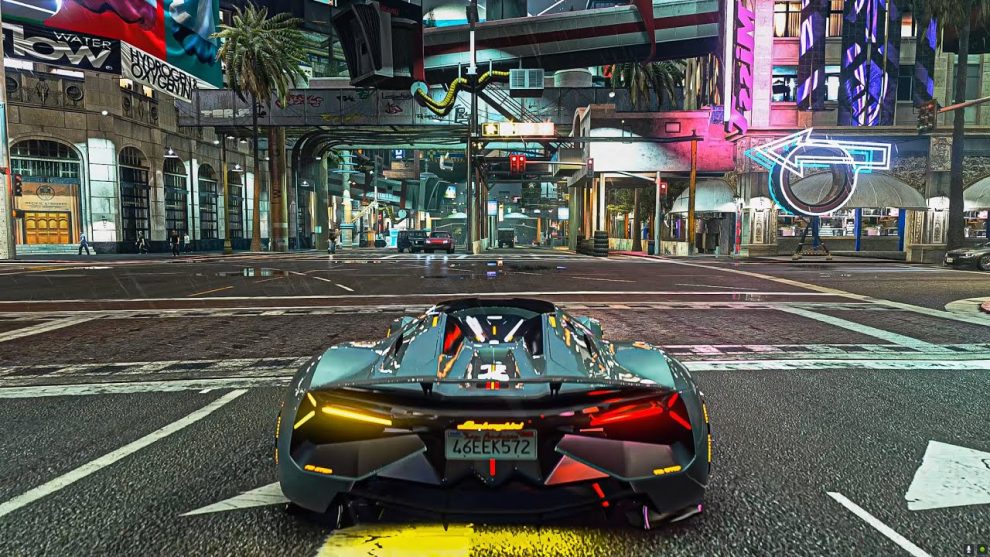The realm of computer graphics has witnessed a relentless pursuit of photorealism, driven by the insatiable human desire to blur the lines between the digital and the real. From the pixelated sprites of early video games to the breathtaking visuals of modern cinematic experiences, the journey has been nothing short of remarkable. At the forefront of this quest lie the unsung heroes – Graphics Processing Units (GPUs) – constantly evolving to push the boundaries of graphical fidelity.
A Pixelated Beginning: The Dawn of Computer Graphics
The earliest attempts at computer graphics were rudimentary, relying on simple geometric shapes and limited color palettes. In the 1970s and 80s, games like Pac-Man and Super Mario Bros. utilized pixelated sprites to represent characters and environments. While these visuals may seem primitive today, they laid the foundation for future advancements in photorealism.

The Rise of 3D Graphics: A New Era Dawns
The introduction of 3D graphics in the 1990s marked a significant leap forward. Games like Wolfenstein 3D and Doom offered a more immersive experience, allowing players to navigate three-dimensional worlds. However, these early 3D graphics were still far from photorealistic, often characterized by blocky models and flat textures.

The Power of the GPU: A Driving Force for Progress
The emergence of dedicated GPUs in the late 1990s revolutionized the computer graphics landscape. These specialized processors, designed specifically for handling graphically demanding tasks, significantly improved rendering performance and capabilities. This paved the way for more complex and detailed visuals, pushing the boundaries of what was previously possible.
Modern Rendering Techniques: The Art of Creating Realism
Modern graphics rendering techniques employ a combination of sophisticated algorithms and advanced hardware to achieve photorealistic visuals. Some of the key techniques include:
- Ray tracing: This technique simulates the path of light in a scene, resulting in incredibly realistic lighting and shadows.
- High-resolution textures: Textures, which define the surface details of objects, are now created with much higher resolutions, adding significant depth and realism.
- Physically based rendering (PBR): PBR takes into account real-world physical properties of materials, such as their interaction with light, to generate more realistic textures and lighting effects.
- Advanced anti-aliasing: This technique smooths out jagged edges on objects, creating a more natural and visually pleasing experience.
The Evolving Role of AI in Graphics
Artificial intelligence (AI) is rapidly making its mark on the world of computer graphics. Machine learning algorithms are being used for various tasks, including:
- Upscaling: AI can be used to upscale lower-resolution images and videos to higher resolutions, while maintaining quality and detail.
- Procedural generation: AI can be employed to create complex and realistic textures, environments, and even characters, automating tasks that were previously time-consuming and resource-intensive.
- Real-time rendering: AI-powered algorithms are being developed to enable real-time rendering of photorealistic scenes, even on less powerful hardware.
The Challenges and Future of Photorealistic Graphics
Despite the remarkable advancements, achieving true photorealism remains a complex and ongoing challenge. Some of the key hurdles include:
- Computational cost: Rendering photorealistic scenes requires immense processing power, often pushing the limits of even the most powerful GPUs.
- Data requirements: Creating realistic textures and environments often necessitates vast amounts of data, which can be challenging to manage and store.
- Artistic control: While photorealism is often lauded, achieving the desired artistic style and emotional impact requires careful consideration and control beyond simply replicating reality.
However, the future of photorealistic graphics appears bright. With continuous advancements in GPU technology, AI algorithms, and rendering techniques, the gap between the digital and the real is expected to narrow further. We can expect to see even more immersive and indistinguishable visuals in games, movies, and various other applications, opening doors to new storytelling possibilities and user experiences.
Conclusion: The Quest Continues
The quest for photorealistic graphics is a testament to human ingenuity and the relentless pursuit of ever-evolving visual experiences. As GPUs continue to evolve and AI plays an increasingly prominent role, the boundaries of graphical fidelity will undoubtedly continue to be pushed, blurring the lines between the digital and the real in ways we can only begin to imagine.
















Add Comment